Overview of Siemens 6ES7288-3AR04-0AA0 The Siemens 6ES7288-3AR04-0AA0 is a high-performance analog input module designed for industrial automation systems. With its compact size and lightweight design, it offers an efficient solution for integrating analog signals into a PLC system. This module is well-suited for industries requiring precise measurement and control, ensuring seamless data acquisition for automation processes. Key Features and Specifications The Siemens 6ES7288-3AR04-0AA0 module comes with several notable features that make it a valuable addition to industrial control systems. Compact Dimensions: Measuring 5.5x8x10 cm, this module is designed for easy installation in control panels with limited space. Lightweight Design: Weighing only 0.18 kg, it is easy to handle and integrate into existing automation setups. Reliable Analog Input Processing: It ensures accurate signal conversion for optimal performance in industrial applications. Seamless Integration: The module is compatible with Siemens PLC systems, making it a versatile choice for different automation environments. Applications in Industrial Automation The Siemens 6ES7288-3AR04-0AA0 module is widely used in various industries, including manufacturing, energy, and process automation. Some of its common applications include: Process Monitoring: Helps collect and process analog signals from sensors for real-time monitoring of temperature, pressure, and other critical parameters. Machine Control: Ensures precise control of machinery by integrating analog inputs for automation systems. Data Acquisition: Facilitates smooth data transmission to PLCs, allowing operators to analyze and optimize industrial processes. Installation and Compatibility Installing the Siemens 6ES7288-3AR04-0AA0 is straightforward, thanks to its user-friendly design and Siemens' reliable engineering. The module is compatible with Siemens PLCs, ensuring hassle-free integration into existing automation networks. Proper wiring and configuration are essential to maximize performance and efficiency in industrial applications. Why Choose Siemens 6ES7288-3AR04-0AA0? There are several reasons why the Siemens 6ES7288-3AR04-0AA0 is a preferred choice for industrial automation: High Precision: Provides accurate analog input processing for critical applications. Compact and Lightweight: Designed for space-saving installation without compromising performance. Siemens Quality Assurance: Backed by Siemens' reputation for reliability and durability in industrial automation products. Cost-Effective Solution: Offers a balance of performance and affordability for businesses looking to optimize their automation systems. Conclusion The Siemens 6ES7288-3AR04-0AA0 analog input module is a reliable and efficient solution for industrial automation needs. Its compact size, lightweight design, and seamless compatibility with Siemens PLC systems make it an excellent choice for businesses looking to enhance their automation processes. Wh...
Read More
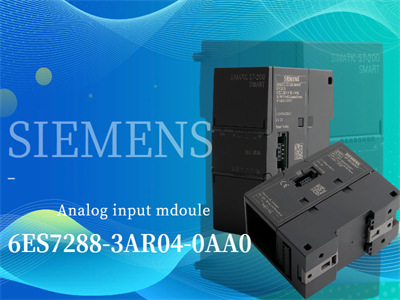
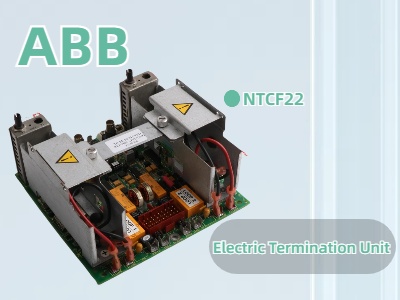
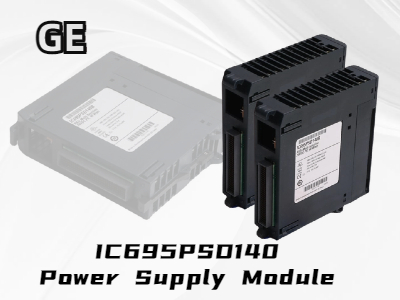
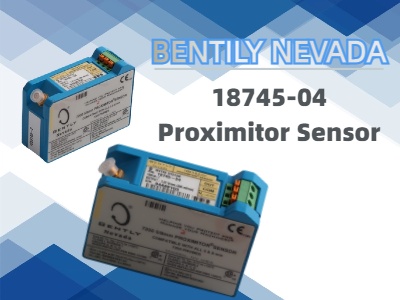
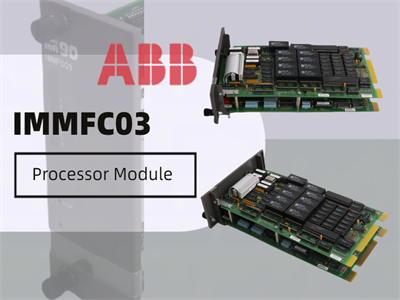
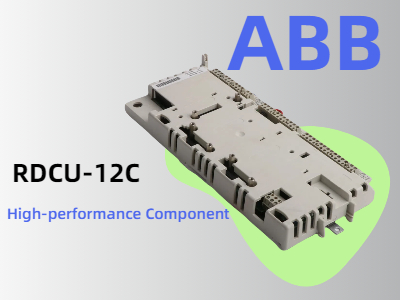
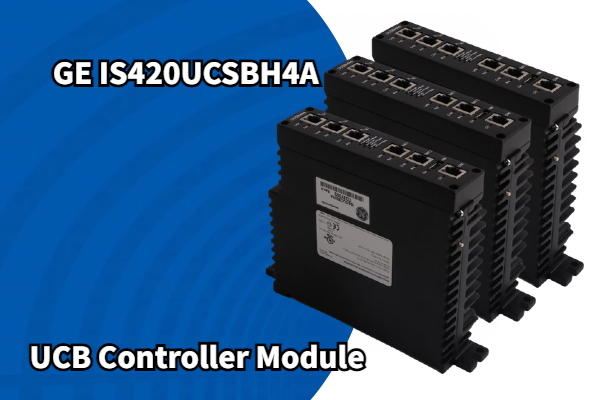
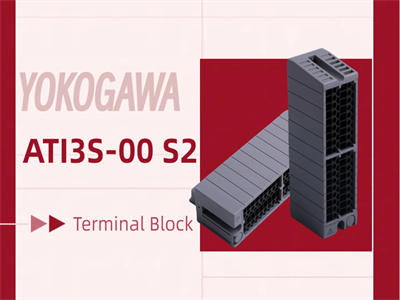
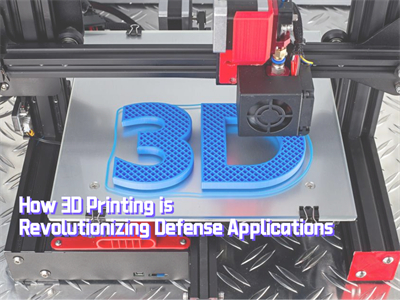
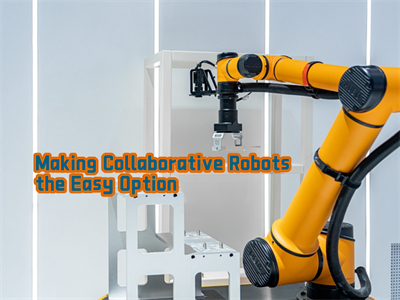










 IPv6 network supported
IPv6 network supported